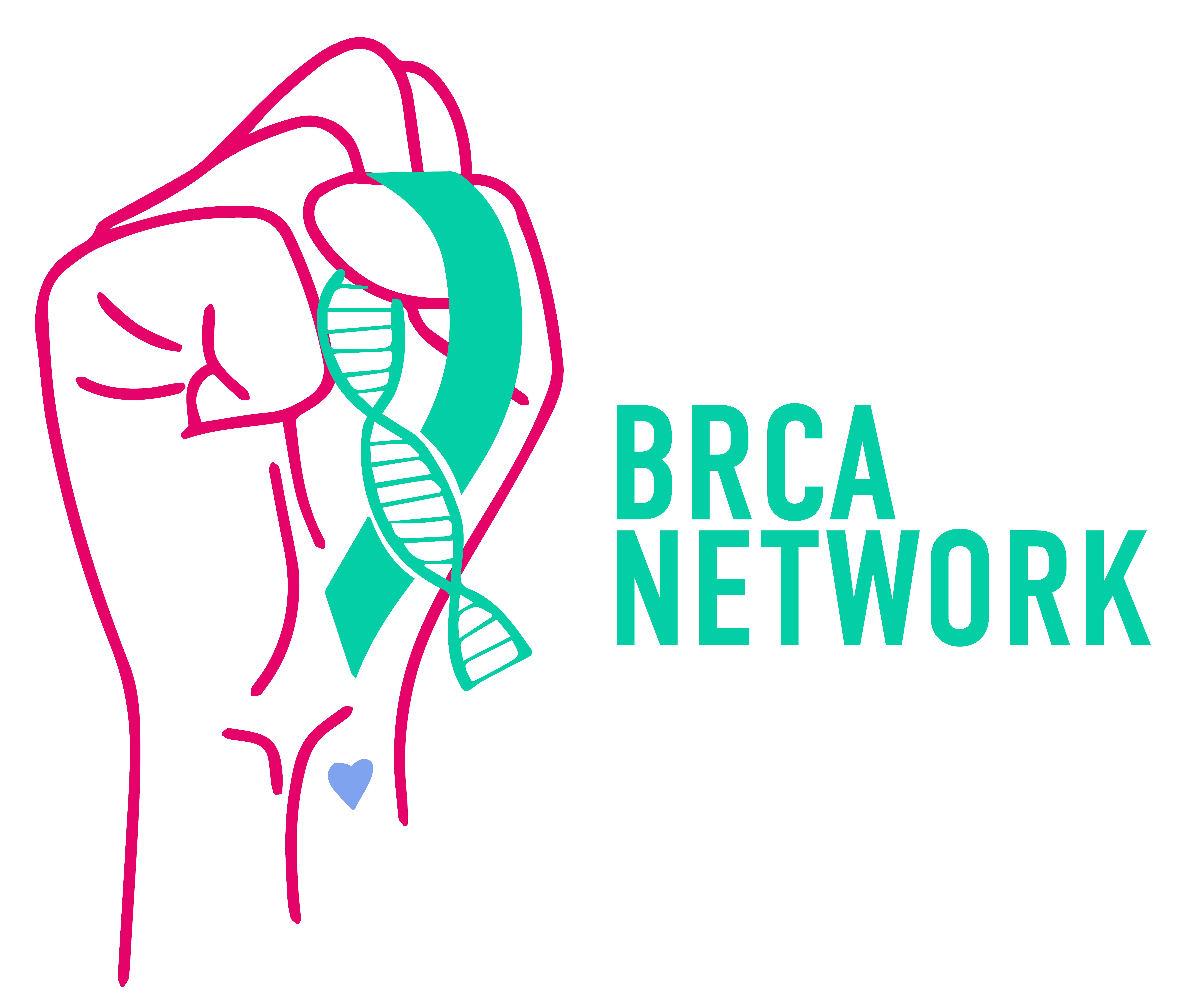Intensive screening
If you have a genetic predisposition to breast, ovarian or prostate cancer, screening is crucial. Screening does not reduce the risk of cancer, but allows it to detect certain types of cancer at an early stage, when therefore cancer is more treatable. Please keep in mind that this is valid for the breast, but not for the ovaries, as early stage ovarian cancer at an early stage cannot currently be detected through radiological screening. However, there are solutions that can considerably limit the risks of ovarian (and breast) cancer.
The screening guidelines proposed below were prepared by the Oncogenetics Working Group of the Belgian Society of Human Genetics. These are general guidelines and will need to be adapted by your doctors, based on your family history and/or on genetic arguments (e.g., hypomorphic variants with lower penetrance, etc.).
Note that when we use the terms ‘women’ and ‘men’, we are referring to the sex you were assigned at birth.
Admin info
As for reimbursement, it is necessary to provide your insurance company (mutuelle) with Annex 86. This is a document which will be provided by your doctor in order to justify reimbursement of the various radiological examinations necessary for the monitoring of women at risk. You can download the annex here: french / dutch.
Breast cancer (women)
| BRCA 1/2, PALB 2 |
*Or 5 y younger than youngest diagnosis in the family if diagnosis <30y |
| CHEK2 |
Comments:
Recommendations for female non-carriers with a first degree relatives (sister, daughter/mother) with breast cancer in CHEK2 families:
|
| ATM |
Comments:
Recommendations for female non-carriers with a first degree relatives (sister, daughter/mother) with breast cancer in ATM families:
|
| RAD51C and RAD51D |
Comments:
Recommendations for female non-carriers with a first degree relatives (sister, daughter/mother) with breast cancer in RAD51/D families:
|
| BARD1 |
Comments:
Recommendations for female non-carriers with a first degree relatives (sister, daughter/mother) with breast cancer in BARD1 families:
|
| BRIP 1, MLH1, MSH2, MSH6 |
No recommendations |
|
Breast screening also includes self-check! Every woman should check her breasts regularly and be aware of any changes. You should feel your breasts with the palm of your hand systematically, once a month, 5-10 days after your menstrual period (if applicable). You should also look at your breasts in different positions. If there are changes, you should inform your gynaecologist and/or general doctor immediately. All women, with or without genetic predisposition to cancer, should practise it from their twenties. For more detailed information, check the website Know Your Lemons (available in multiple languages). |
|
Breast cancer (men)
| BRCA 2 | Consider annual clinical exam by physician from age 40 |
| BRCA 1, PALB 2, CHEK 2, ATM |
Routine screening not recommended |
| RAD51C and RAD51D, BARD 1, MLH1, MSH2, MSH6, BRIP1 |
No recommendations |
Ovarian cancer
| BRCA 1 | Risk-reducing surgery is recommended (tailored program could be offered if you refuse risk reducing bilateral salpingo-oophorectomy ≥ 40 y). Risk-reducing surgery is recommended. |
| BRCA 2, PALB 2, RAD51C, RAD51D, BRIP 1 |
Risk-reducing surgery is recommended (tailored program could be offered if you refuse risk reducing bilateral salpingo-oophorectomy ≥ 50 y). |
| MLH1, MSH2, MSH6 |
Risk-reducing surgery is recommended (tailored program could be offered if you refuse risk reducing bilateral salpingo-oophorectomy ≥ 40 y). |
| CHEK2, ATM, BARD 1 |
No recommendations |
Prostate cancer
| BRCA 1, BRCA 2, CHEK 2, ATM |
Annual PSA (Prostate Specific Antigen) and digital prostate exam from age 50 (or 10 years earlier than youngest diagnosis, whichever comes first) |
| PALB 2, RAD51C, RAD51D, BARD 1, BRIP 1, MLH1, MSH2, MSH6 |
No recommendations |
Pancreatic cancer
| BRCA 1, PALB 2, ATM |
|
| BRCA 2 |
|
| CHEK2, BARD1, RAD51C and RAD51D, BRIP 1, MLH1, MSH2, MSH6 |
No recommendations |
Other types of cancer
| MLH1, MSH2, MSH6 |
For more details and surveillance recommendations according to Lynch guidelines (cfr Lynch workgroup: www.Belgianfapa.be) |
As for the TP53 mutation (cause of Li-Fraumeni syndrome), surveillance protocols for carriers bearing disease-causing TP53 variants have recently been elaborated at international level (in the table below and at the following link): Guidelines for the identification of individuals who should be tested for germline disease-causing TP53 variants and for their subsequent clinical management. The benefits of the heavy protocols described in the guidelines should be carefully analysed and discussed in each family.
|
Exam |
Periodicity |
Age |
Comments |
|
Clinical examination with, in children, specific attention to signs of virilisation or early puberty and measurement of blood pressure and, in patients who received radiotherapy, to occurrence of basal cell carcinomas within the radiotherapy field |
Every 6 months |
Birth - 17 years old |
/ |
|
Annual |
As of 18 years old |
||
|
Whole-Body MRI without gadolinium enhancement |
Annual |
As of birth |
High cancer risk TP53 variant or patient previously treated by chemotherapy or radiotherapy |
|
As of 18 years old |
|||
|
Breast (women) MRI |
Annual |
20 - 65 years old |
|
|
Brain MRI** |
Annual |
Birth - 18 years old |
High cancer risk TP53 variant* |
|
18 - 50 years old |
|||
|
Abdominal ultrasound |
Every 6 months |
Birth - 18 years old |
|
|
Urine steroids |
Every 6 months |
Birth - 18 years old |
When abdominal ultrasound does not allow a proper imaging of the adrenal glands |
|
Colonoscopy |
Every 5 years |
As of 18 years old |
Only if the carrier received abdominal radiotherapy for the treatment of a previous cancer or if there is a familial history of colorectal tumours suggestive of an increased genetic risk |
*A germline disease-causing TP53 variant should be considered as “high risk” if the first person where the TP53 mutation was found has developed a childhood cancer; or childhood cancers have been observed within the family; or this variant has already been detected in other families with childhood cancers; or this variant corresponds to a dominant-negative missense variant.
**In children, brain MRI should alternate with the Whole-Body MRI, so that the brain is imaged at least every 6 months.

We can support you in various ways:
- Contact us via our helpline
- Join our online community group
- Contact one of our buddies
- Read the testimonials

 BRCA network asbl/vzw
BRCA network asbl/vzw